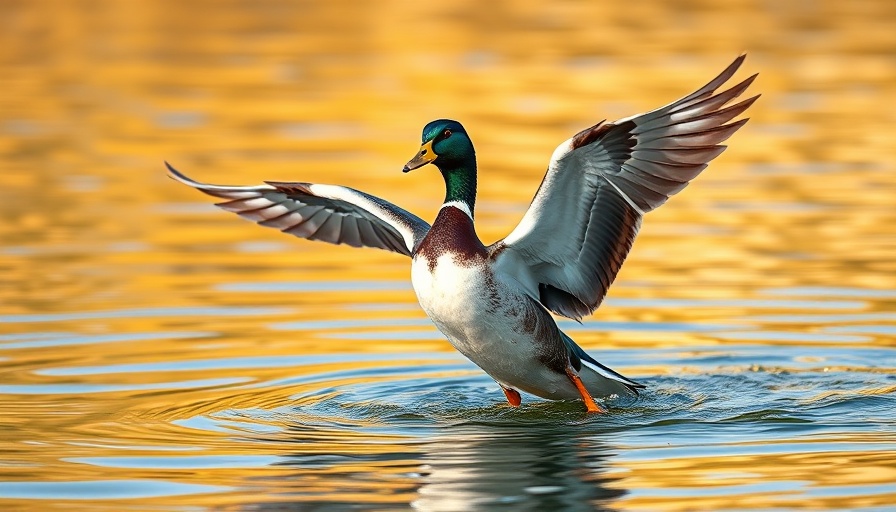
The Art of Avian Braking: How Birds Master Flight Control
Birds are marvels of nature, not only for their ability to soar through the skies but also for their remarkable skill in braking. Imagine a robin darting swiftly across your backyard only to halt perfectly inches from a tree. This impressive feat is more than just luck; it’s a sophisticated combination of biology and physics at work.
Grace and Precision: The Science Behind Braking
As the robin approaches its perch, its wings are angled higher, maximizing drag while simultaneously reducing lift. This action slows the bird down precisely enough to prevent a crash landing. Additionally, birds utilize their tails to enhance braking; by fanning their tail feathers and positioning them downward, they create even more drag, ensuring a smooth, controlled descent.
Lessons from Hawks: Advanced Braking Techniques
Research from the University of Oxford reveals that hawks, in particular, have mastered the art of landing through sophisticated trajectories. Scientists observed that these birds favor longer, controlled swoops to ensure they come in close to their desired perch without losing control. The hawk’s flight path allows it to manage speed effectively, even if it means expending more energy—safety takes precedence over quickness in their landings.
Case Studies in Landing: Wood Ducks and Their Unique Approaches
Another fascinating example is the female Wood Duck, which uses both wing adjustments and the unique technique of hydroplaning on her webbed feet when landing on water. This strategy combines the physics of flight and water dynamics, showcasing the diversity of techniques birds use to brake efficiently.
Future Implications: Learning from Birds to Innovate Aviation
Understanding how birds effectively maneuver while landing offers profound implications for the design of small aircraft, including potential perching capabilities inspired by these avian techniques. Each observation not only helps us decipher the wonders of nature but also opens avenues for technological advancements in flight.
 Add Row
Add Row  Add
Add 




 Add Row
Add Row  Add
Add 

Write A Comment